
Louis II was Prince of Monaco from 26 June 1922 to 9 May 1949.
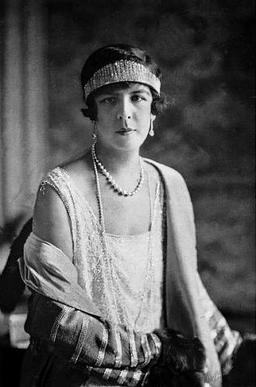
Princess Charlotte, Duchess of Valentinois, was the daughter of Louis II, Prince of Monaco, and the mother of Prince Rainier III. From 1922 until 1944, she was the Hereditary Princess of Monaco, heiress presumptive to the throne.
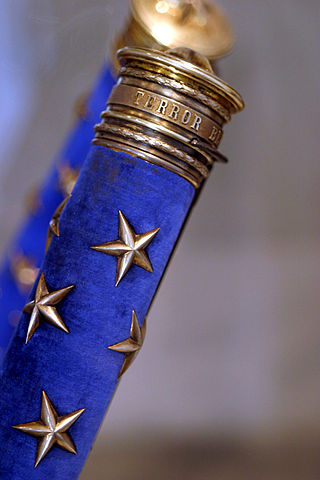
Marshal of France is a French military distinction, rather than a military rank, that is awarded to generals for exceptional achievements. The title has been awarded since 1185, though briefly abolished (1793–1804) and for a period dormant (1870–1916). It was one of the Great Officers of the Crown of France during the Ancien Régime and Bourbon Restoration, and one of the Grand Dignitaries of the Empire during the First French Empire.
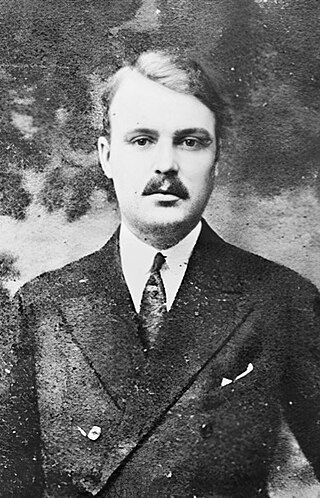
Prince Pierre of Monaco, Duke of Valentinois was the father of Rainier III of Monaco. He was a promoter of art, music, and literature in Monaco and served as the head of the country's delegation to the United Nations Educational, Scientific, and Cultural Organization (UNESCO) and to the International Olympic Committee.

The Hôtel Matignon or Hôtel de Matignon is the official residence of the Prime Minister of France. It is located in the 7th arrondissement of Paris, at 57 Rue de Varenne. "Matignon" is often used as a metonym for the governmental action of the Prime Minister of France. The current tenant has been Prime Minister Élisabeth Borne since she took office on 16 May 2022.
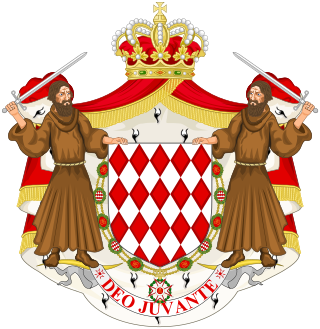
The House of Grimaldi is the current reigning house of the Principality of Monaco. The house was founded in 1160 by Grimaldo Canella in Genoa and became the ruling house of Monaco when Francesco Grimaldi captured Monaco in 1297. The House of Grimaldi has produced every Prince of Monaco. During much of the Ancien Régime, the family resided in the French court, where from 1642 to 1715 they used the title of Duke of Valentinois.

Honoré IV was Prince of Monaco and Duke of Valentinois from 1814 to 16 February 1819. Because of his health, the state of affairs was managed by a regency of his brother Joseph Grimaldi, and his son Prince Honoré V.

The sovereign prince is the monarch and head of state of the Principality of Monaco. All reigning princes have taken the name of the House of Grimaldi, although some have belonged to other families in the male line. When Prince Rainier III died in 2005, he was Europe's longest reigning monarch. The Grimaldi family, which has ruled Monaco for eight centuries, is Europe's longest-ruling royal family.

Honoré II was Prince of Monaco from 1604 to 1662. He was the first to be called Prince, but started his reign as Lord of Monaco.

Louise Hippolyte was one of only two women to rule Monaco, reigning as Princess of Monaco from 20 February 1731 until her death in December the same year.
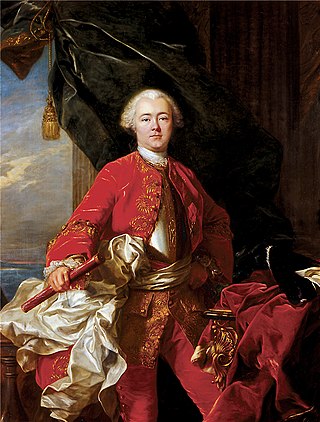
Honoré III ruled as Prince of Monaco and was Duke of Valentinois from 1731 to 1793. Honoré was the son of Louise Hippolyte, Princess of Monaco, and her husband, Prince Jacques I.
The Monaco succession crisis of 1918 arose because France objected to the prospect of a German national inheriting the throne of the Principality of Monaco. Prince Albert I had only one legitimate child, the Hereditary Prince Louis, then heir apparent to the principality. As World War I drew to a close, Prince Louis, at the age of forty-eight, remained (legally) childless, unmarried, and unbetrothed.
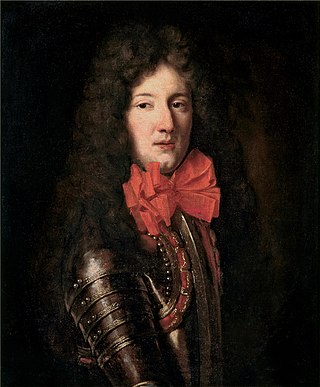
Louis I was Prince of Monaco from 1662 until 1701.
Antoine Grimaldi, le Chevalier [de] Grimaldi, was the de facto ruler of Monaco between 1732 and 1784. An illegitimate son of Antonio I of Monaco and the dancer Élisabeth Dufort, he was recognized by his father in 1715. He was ruler of Monaco in his capacity of Regent for the absent Prince.

The Prince's Palace of Monaco is the official residence of the Sovereign Prince of Monaco. Built in 1191 as a Genoese fortress, during its long and often dramatic history it has been bombarded and besieged by many foreign powers. Since the end of the 13th century, it has been the stronghold and home of the Grimaldi family who first captured it in 1297. The Grimaldi ruled the area first as feudal lords, and from the 17th century as sovereign princes, but their power was often derived from fragile agreements with their larger and stronger neighbours.

Jacques I was Prince of Monaco from 1731 to 1733. He was also Duke of Valentinois from 1716 until 1733, and Count of Thorigny.
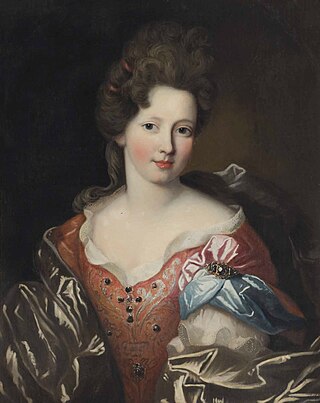
Marie de Lorraine was a princess of the House of Lorraine-Guise and Princess of Monaco as consort of Antonio I of Monaco. She was the mother of Louise Hippolyte Grimaldi, the only sovereign Princess of Monaco.
Duke of Estouteville was a title in the French nobility that is claimed today by the Prince of Monaco.
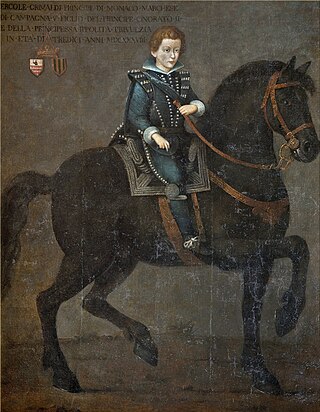
Ercole Grimaldi, Marquis of Baux was a member of the House of Grimaldi. He was the first Monegasque prince and heir apparent to the first Monegasque sovereign prince, Honoré II. Dying at the age of 27, Baux was replaced as heir apparent by his son Louis who succeeded Honoré II.






























